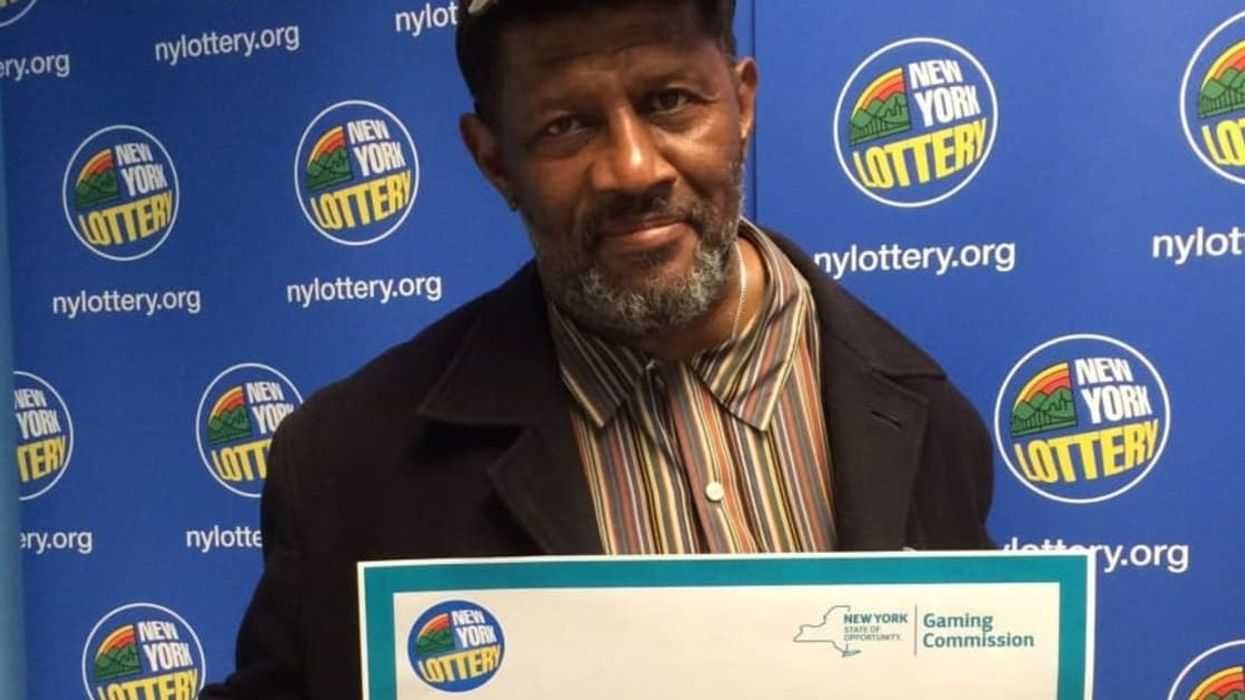This year has often seemed like a march of brutal events—terrorist attacks, gun violence, bigotry at home and around the world. What do you do when you’re overwhelmed by the worst humanity has to offer? For a growing community on Twitter, it’s a small gesture, but an enriching one: Stop and tweet the roses.
[quote position="right" is_quote="true"]It felt very important to me to see and know that park as something besides a site of terror.[/quote]
Every Sunday since March 13, Alyssa Harad has been hosting the weekly Flower Report (#FlowerReport) on Twitter. Followers are invited to tweet photos of blossoms from their corner of the world using the hashtag, then Harad boosts each photo with a retweet. Harad, the Austin-based author of a memoir about her relationship to scent, Coming to My Senses, is cultivating a community from Portland to Paris, Japan to South Africa.
Some contributors send photos taken at famous botanical gardens; others tweet pictures of their own backyards, or of urban sidewalk planters. A few are knowledgeable about the names of flowers, while others ask for help identifying a juicy specimen snapped on a walk around the block. The variety of flowers on display is head-spinning: Hydrangeas, peonies, sunflowers, thistle, poppies, fuchsias, lilies, milkweed, daisies, lupines, sweet peas, hibiscus, bougainvillea, and a riot of roses.
The Sunday Flower Report is a weekly reminder that there is beauty in this world. But, by coincidence, many of the awful events of 2016 have taken place on Sundays—on March 27, it was the terrorist attack in Lahore, Pakistan; June 12, the mass shooting at Orlando’s gay dance club, Pulse; July 3, a terrorist attack in Baghdad the left 300 dead; July 17, the killing of three police officers in Baton Rouge.
Harad says that the Flower Report wasn’t meant to be a healing response, but it evolved when news of the Easter Sunday suicide bombing in Lahore broke during the Flower Report. “The attack took place in a park—a park! [Gulshan-e-Iqbal] So horrifying. And I thought, well, there must be photographs of this park. A park is a place where, among other things, people go to look at flowers. And I was right. There were many heartbreaking photos taken by people who had gone to this beautiful, popular park to look at the scenery. So I tweeted a few of them. It was a small thing, but sometimes small things help. It felt very important to me to see and know that park as something besides a site of terror.”
On those Sundays when the world is grieving, the Flower Report has become a space of remembrance and peace, the hashtag “a meeting point as we live through [traumatic events]. I try hard not to tweet or RT anything but the Flower Report on Sunday, even when there is breaking news. I try to hold that space open. But I ... find it weird and upsetting not to acknowledge world events and collective pain. Connection is always better than suppression.”
On July 10, after a bruising week that included the police killings of Alton Sterling and Philando Castile, the sniper attack on police officers in Dallas and the arrest of more than 100 protestors at a demonstration against police brutality in Baton Rouge, Harad tweeted, “Friends, I am here for your flower report filings throughout the evening. We need extended blossom time this week.” Along with many others, Elif Batuman, author of The Possessed, responded.
The posts defy the lightning pace of Twitter, coaxing users to slow down and really absorb the flowers. Harad says it’s impossible to choose favorite posts, but “we definitely have some VIP correspondents who provide beautiful photos every week and really let us in to the floral life of their regions. I have a correspondent in Hawaii who always sends me something shocking that I’ve never seen before, and one in England who seems to be some kind of herbalist and sends flowers with glorious, hilarious names. I also get very excited when someone reports from a place we haven’t seen before.”
Harad is such an enthusiastic and committed caretaker of the Flower Report that it’s surprising to learn she did not plant this virtual garden. That honor belongs to writer Teju Cole.
“Teju did many interesting Twitter projects,” says Harad. “In fact, he was so good at Twitter that he had to quit.”
“Because I’m such a Teju Cole fan and have a much smaller Twitter presence than he did, I was nervous about trying to take on the report, but I did a search of the hashtag and turned up a bunch of tweets from people saying they missed it, including one from myself in 2015 wondering if I should restart it,” says Harad. “So I figured, well, why not try it? Someone who knows Teju personally told him about the revival and he wrote me a very sweet note after the first round, which gave me a wonderful sense of official permission.”
[quote position="left" is_quote="true"]The hashtag has become a meeting point as we live through traumatic events.[/quote]
And what happens when the frost comes? Harad says, “That is open for discussion. I originally intended it as a spring project, but people were very vocal about their need for it to continue [through the summer], so here we are. I would love it if we got more tweets from the Southern Hemisphere as their spring and summer arrive.”
For now, Harad says, she plans to keep the Flower Report going at least through the fall—a little place of refuge to revive our battered spirits in a world that often seems determined to crush them. Let a thousand flowers bloom.
















 Otis knew before they did.
Otis knew before they did.